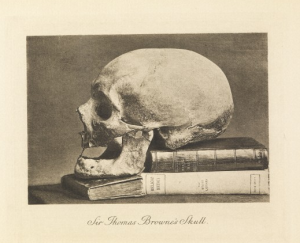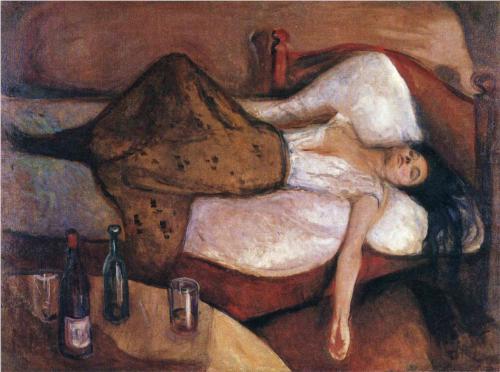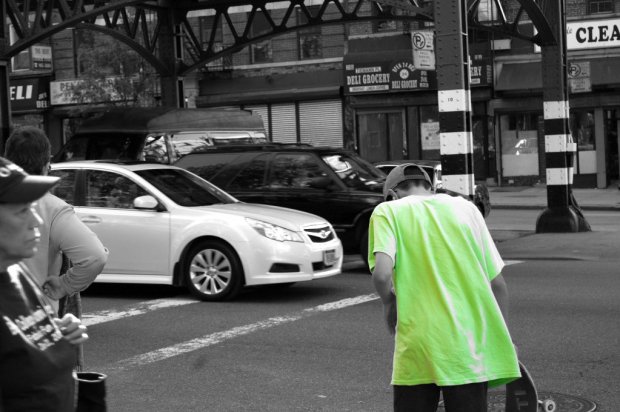I recently watched the 2012 BBC documentary program, Unfinished Masterpieces with Alastair Sooke.* The host begins with the eternally frustrating predicament of The Mystery of Edwin Drood, the Charles Dickens novel that was never finished, because Dickens famously died during the writing of it, leaving very few clues to the intended outcome of the narrative. Biographers, historians, and artists have endlessly tried to anticipate Dickens’ wishes by both speculating about the novel’s unfinished portion and even going so far as to invent possible endings in different mediums like theatre, radio, and film, as well as boldly attempting to finish the task of writing the novel.
Alastair Sooke also looked at other unfinished works and pondered the reasons behind the unfinishedness of these respective works. Like Dickens, Jane Austen also has an unfinished novel, Sanditon, which was left incomplete because of her death. A dozen “continuations” have been penned, all trying to capture Austen’s specific voice and her intended path for the remainder of the book. When Sooke separately asked a handful of complete strangers which they would rather have, all chose to stick with Austen’s original unfinished work.
The program also took a look at works that might have been purposefully suppressed by their creators. For example, the famous portrait of US President George Washington, which is the basis for the image on the $1 bill, was left unfinished by the portraitist Gilbert Stuart. What started off as a difficult portrait, the fact that it was unfinished was a financial benefit to Stuart, who sold replicas for $100 a pop. The notoriety of its incomplete presentation might have been more lucrative for him than otherwise. This, of course, is reminiscent to Samuel Taylor Coleridge’s explanation for his unfinished poem, “Kubla Khan.” He purports of wild inspiration from an opium haze and begins writing the famous poem when he is suddenly interrupted; when he returns to the poem, all inspiration is gone and “Kubla Khan” remains unfinished. Perhaps, the story behind it is more exciting than having an actual completed work.
There are other works that Sooke investigates including newly discovered poems from English poet Siegfried Sassoon, who was known for his WWI poems that captured the horrors of the war, but whose unpublished poems have a tinge of romanticizing. This conundrum of including them in Sassoon’s canon is questioned. Perhaps, the poet didn’t feel these were up to snuff and didn’t intend them to see the light of day, beside being out of step with his known views. This idea was reminiscent of other writers (who were not featured in the doc) like Franz Kafka, who famously asked that all of his documents be burned and left The Castle incomplete with the final written line ending mid-sentence and David Foster Wallace, who upon his death left an incomplete manuscript and notes on his computer. This was all gathered together by his widow, agent, and other literary folk to become The Pale King.
The question of whether we should finish something or bring to the masses an unknown work once the creator dies is debated and Sooke presents authorities with equally good arguments. Would The Garden of Eden really be a novel Ernest Hemingway would have written himself or could it only be imagined by editors after his death? Kafka wrote that he had an idea for the ending of The Castle, but who knows if it would have still been the same by the time he got there. He leaves the novel mid-sentence and incomplete, almost a perfect final note to a book so concerned with bureaucracy and never-ending frustrations. Sassoon’s poetry could have been just for himself, an attempt at a new form that didn’t quite fit with his other poems or maybe, they were simply something he was not proud of. Thus, choosing to let them go unpublished.
A whole other dilemma–the one of continuing a series–I shall leave to the documentary, but I’ll give you this small bit. Think of the long-dead novelists, Ian Fleming and Sir Arthur Conan Doyle, whose characters–James Bond and Sherlock Holmes–are still appearing in new releases, albeit, by different authors. What an entirely different conundrum. For some reason, we are ill-at-ease when it comes to the unfinished. We like wholes, a feeling of sturdy completeness. Although, I do not count myself among them, this might be why so many people had a hard time connecting to Julian Barnes’ The Sense of an Ending. People generally dislike ambiguity and residing in the liminal.
Have you seen this documentary? Are there other famous incomplete works out there? It seems like a strange debate that I find myself on both sides of. I’m curious if anyone has additional thoughts.
***
*The 50 minute program can be watched in its entirety on the BBC’s website here; I don’t know how long it will be available, so step on it.




























